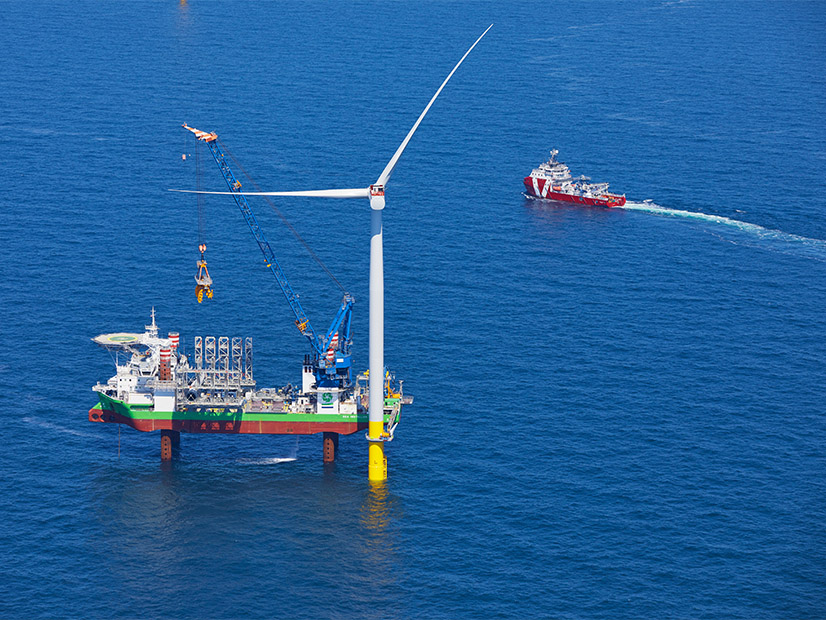An offshore wind advocacy group is calling for greater collaboration among the developers and researchers who are shaping the industry as it takes hold in the U.S.
The massive quantities of data being gathered on wind turbines, the ocean and the interaction between them typically are held as proprietary trade secrets as multibillion-dollar contracts are pursued, the Business Network for Offshore Wind said.
In its new report — “Building a Collaborative Data Strategy for the U.S. Offshore Wind Industry” — BNOW makes the case for standardizing and sharing this information, so the industry can build a body of knowledge, standardize maintenance procedures, maximize turbine efficiency and more accurately estimate costs.
After more than a decade of preparation and false starts, the U.S. offshore wind industry is out of the starting gate, with “steel in the water” this year for the nation’s first two utility-scale wind farms and more facilities being approved as regulators push to meet President Biden’s 30 GW by 2030 goal.
But just as it developed some real momentum, the industry has been slammed with cost increases and supply chain constraints so severe that multiple projects are being delayed or threatened with cancellation unless they get more money from ratepayers.
BNOW says the industry is at a tipping point, with an imperative for stakeholders to see offshore wind as collective, critical energy infrastructure rather than a series of individual power plants.
“Better data is the answer, and this report illustrates the opportunity and urgency for the industry to chart a path towards an environmental data strategy,” BNOW President Liz Burdock said in a news release Monday. “Harnessing data shared in a collaborative fashion can cut down on the permitting timeline and ensure greater environmental stewardship, building public confidence and fostering greater investor confidence in the U.S. market.”
Among the report’s points:
Environmental data typically has been collected primarily to meet siting and development requirements but typically has not been shared because of competitive reasons. If shared, it could form the basis for long-term analysis, learning and problem-solving.
Collection protocols and data standards are negotiated on a project-by-project basis, complicating any effort to build a dataset for a given region.
Minimizing environmental impact and mitigating concerns raised by stakeholders is a concern for the entire industry, not just individual projects.
Steps have been taken in this direction: New York requires offshore developers selling power to the state to make non-proprietary environmental data publicly available as soon as possible, for example, but none of the surrounding states do the same. And Ørsted has a data-sharing agreement with the National Oceanic and Atmospheric Administration. But there is not a consistent long-term framework for sharing by other developers.
Standardization is important. The United Kingdom, for example, required all developers seeking offshore wind leases in Crown Estate waters to submit their data for archiving but did not specify a format for it — so it has an assortment of data that is difficult to analyze as a whole.
Data from individual U.S. projects typically is compartmentalized for limited audiences, making it difficult to compare projects over time, look at regional interactions or consider multiple projects.
BNOW’s Aybala Sen, a co-author of the report, said it laid out a critical first step toward a collaborative strategy.
“Identifying both data challenges and opportunities as well as working collaboratively to outline a path forward is necessary to the widespread and enhanced use of offshore wind data, and ultimately, the industry’s overarching success.”



